Internal linking is a powerful way to get Google to notice you. It’s also one of the most underutilized practices in Search Engine Optimization and SEO learning.
The best part is, it’s easy for beginners to add because it’s a simple strategy. This means you’ll be able to follow through and rank easier, without spending extra money.
Having a ranking powerhouse for your URL is important.
You may have the greatest information, products or service, but if you are buried past page 1 or 2, you won’t get the traffic you deserve. Your site needs high Google rankings.
Keywords are great but you need a great strategic perspective of linking to make them work for you.
Internal linking is the fuel to get your website to the first couple of pages.
External backlinking is the jet to power your blog to the first spot in Google rankings.
This guide will teach you the how to of innerlink navigation:
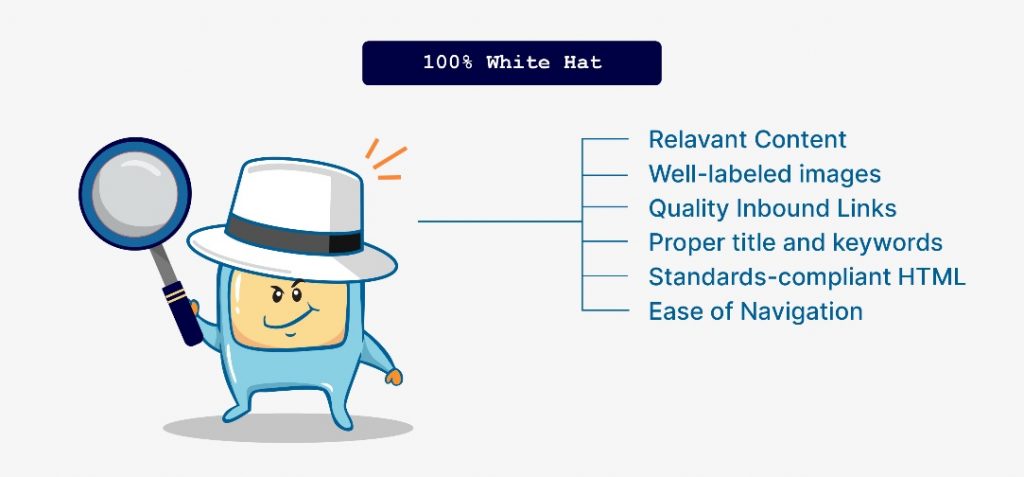
The best part of Internal linking is it can be used by everyone. It’s 100% white hat.
This comprehensive tutorial guide will show you the easiest practices to create your seo internal linking strategy.
As a bonus, you’ll also learn a secret technique that I use to get more mileage out of my interlinks. This also happens to be some of the magic added into the SEONitro link network.
An internal link allows you to create a web that connects your pages and posts in a logical way.
This allows your visitors to find the blog posts that will most interest them.
It also is crawlable to the SERP bot to find the pages and posts you want it to find.

A visitor will navigate your site through links you place on your blog.
The links will take your user from one area of your site to the next.
Pretty simple, right?
The most common internal linking is done through the menu bar and navigation links. But there is much more opportunity for linking from a strategic perspective. Internal linking is an important part of any onpage SEO.
If done correctly, this has a huge impact on your SEO and search rankings. Quality interlinks will help the crawlable bots understand what your blog is about.
An additional bonus to your internal linking strategy is that you have complete control over your links.
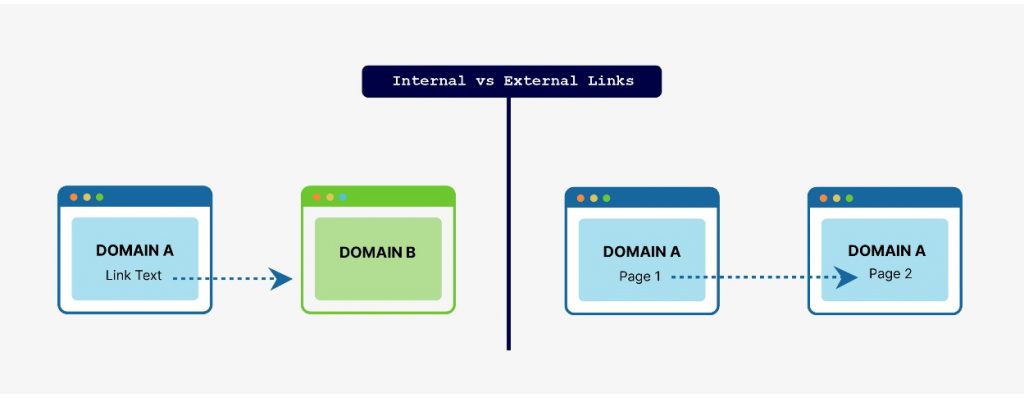
You know an internal link transfers you from one page to another on the same URL.
What you may not know is that linking is used to link keywords to specific content.
This gives relevancy to one page. Internal linking should be one of the first steps in your SEO plan.
External linking transfers you from one URL to another.
When someone links to your site, that’s an external link. The link value from one site will also flow through to the next.
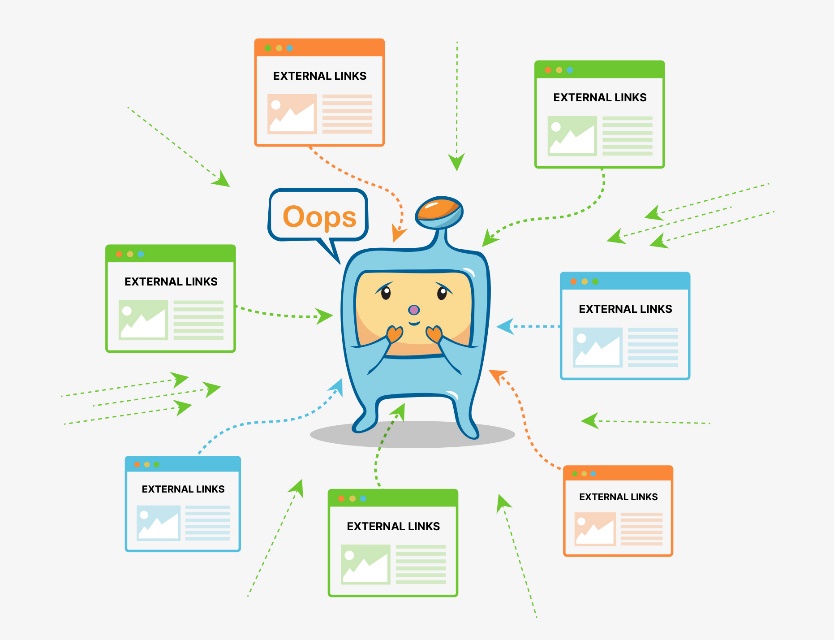
Most of the time you can’t control these links. So be aware of that if you are buying PBN links.
External linking is a great way to add to your SEO strategy after your silo, interlinks and onpage SEO has been done.
Outgoing links or outbound links are links on your page that hyperlink out to a different domain.
Outbound links will take your link juice with it.
Do use these with caution.
It’s important to use both internal and external linking. Developing an internal link structure is easy. Because you have control over the pages on your site, you can change it easily at any time.
When you don’t want a search bot to follow a link, add rel=”nofollow” to your link code.
It will look like this: <a rel=”nofollow” href=”https://www.dorisbabyemporium.com/”>Baby Stroller</a>
You’ll often find nofollow links wrapped in comments.
Sometimes people use no follow links to sculpt their website structure.
Google warns against what is termed as pagerank sculpting.
If you are a newer digital marketer, it’s best to avoid using no follow links until you gain more experience.
You often hear so much about external linking that internal linking is overlooked.
This is good news for you!
Your competition may not know the hidden power of internal linking.
This gives you an advantage since interlinks are good for SEO value.
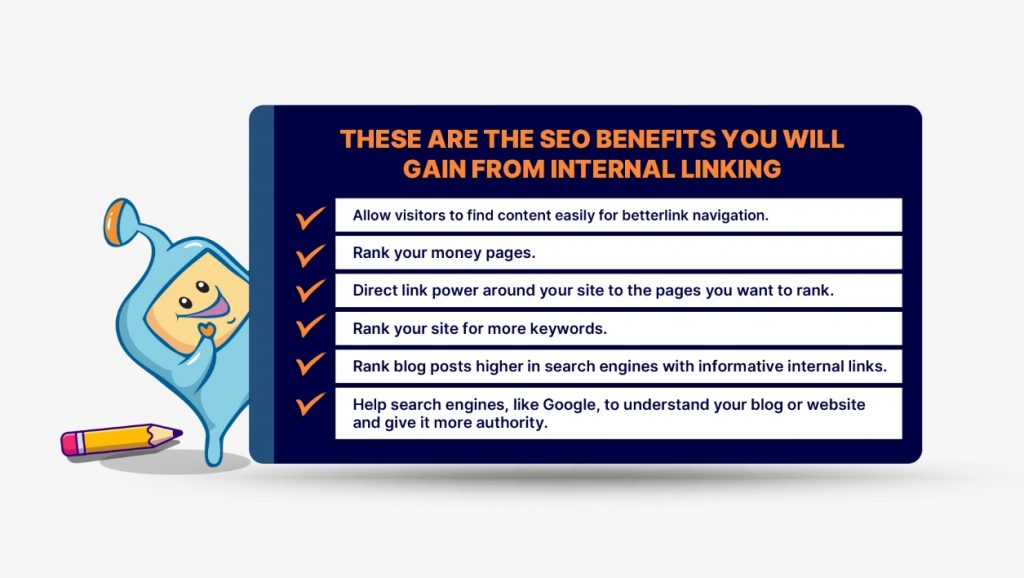
These are the SEO benefits you will gain from internal linking:
When you are doing a search in Google, did you know that you are not actually searching the internet?
You are searching Google’s index. Some sites will rank well and others are hidden in the very outskirts of the SERPs.
By using internal linking on your sites, you can quickly climb the search engine rank.
In the SIA, we tested the seo power of interlinks. Our test showed that 2-3 interlinks are equal to 1 external link.
We know Google loves links, link authority, and internal linking.
There are many different ways to do interlinks for seo.
Let’s start exploring how to set up the different types of interlinks.
Each SEO software from Moz to Ahrefs to SEMrush have their own search engine ranking value.
Domain Authority was created by Moz. It’s a predictive metric that shows you how likely Moz thinks you are to rank in the search engine result pages or SERPs.
Domain authority is not used by Google.
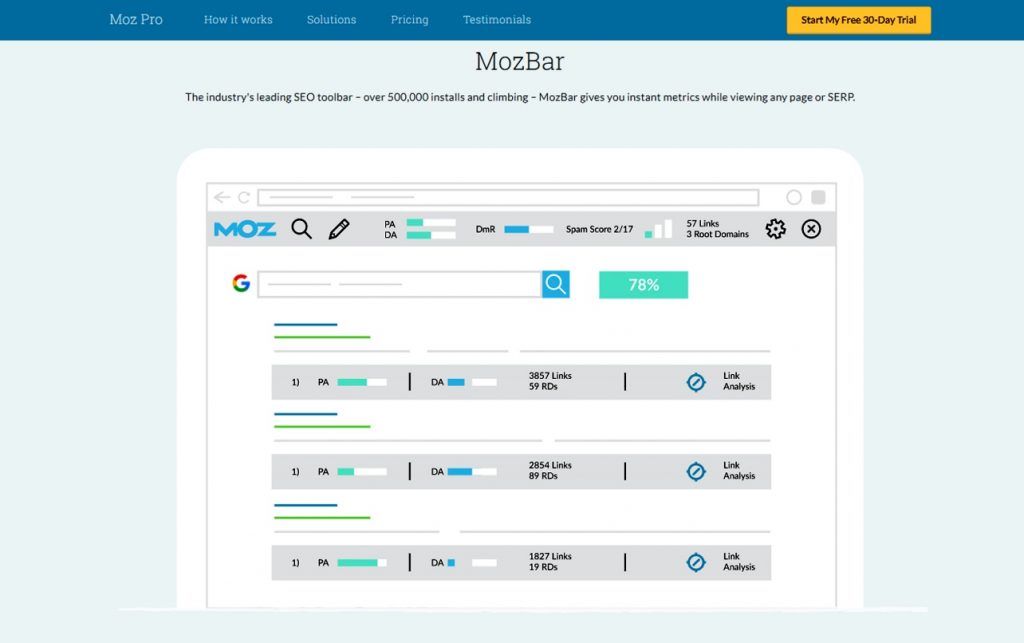
Moz has a free toolbar called MozBar.
This toolbar gives you metrics while searching in Chrome.
It is important to continue to monitor your site and improve your internal link ratio.
This will increase link juice flow throughout your URL.
Remember, done properly, an internal linking structure will help a search engine bot understand what your content is about.
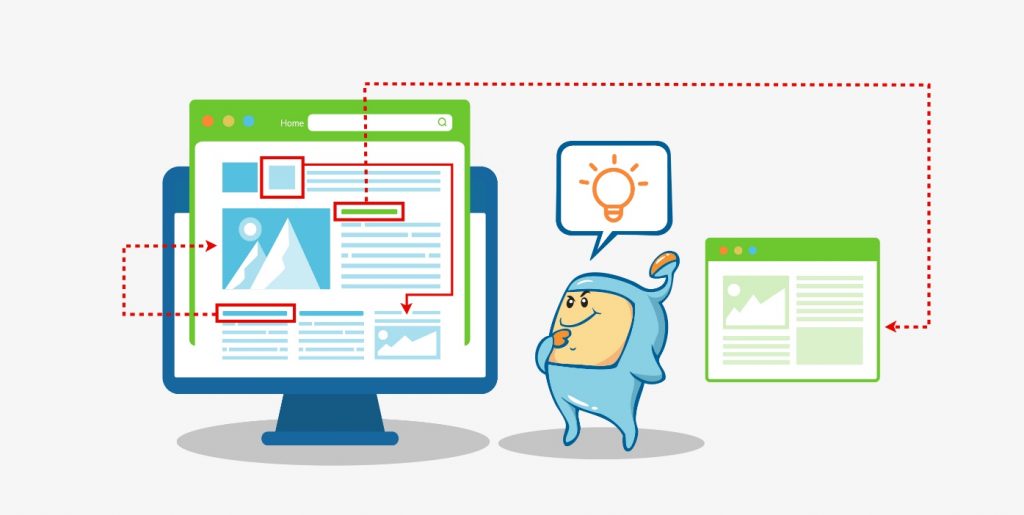
There is not one way to start your linking strategy or to add blog links to your site.
How you approach it will depend on goals and your current site structure.
There are some good rules to follow when starting.
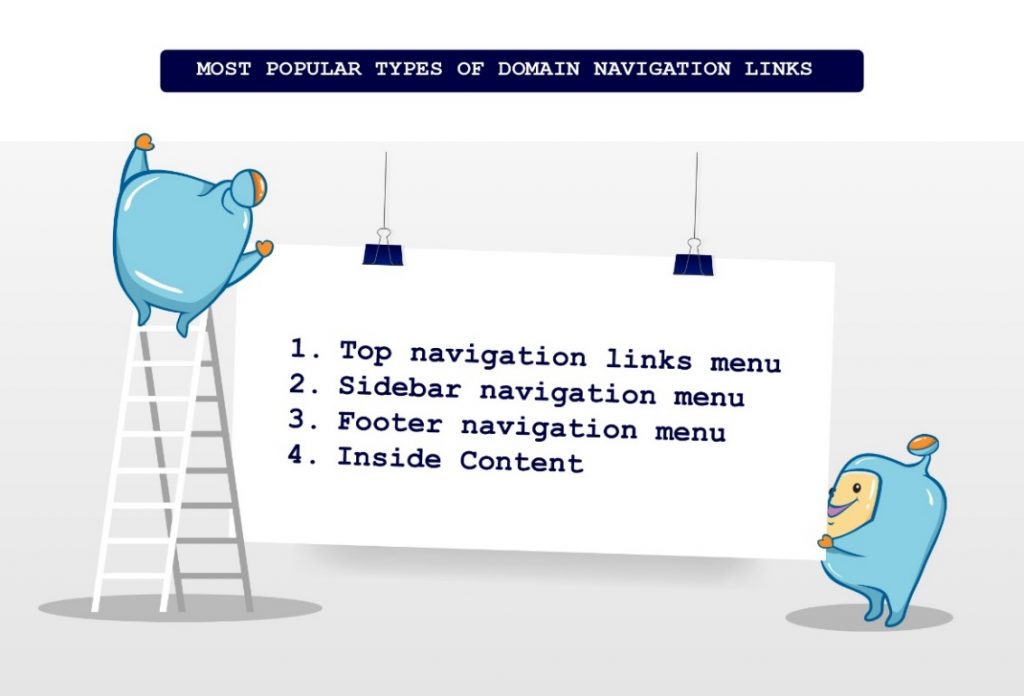
Internal link opportunities can be found throughout a domain.
These are the most popular types of domain navigation links:
Before beginning any internal linking for SEO, you’ll want a good silo layout.
Good internal linking strategy and a good silo gives you the best foundation. These are both important for SEO.
They both help the flow of link juice through your site.
Silos will be your web page architecture. Silos are relevant pages on a website that are grouped together by internal linking or structure.
Think about a farmer’s silo. Each silo holds different grains.
You will use silos to separate topics. A basic silo looks like this:
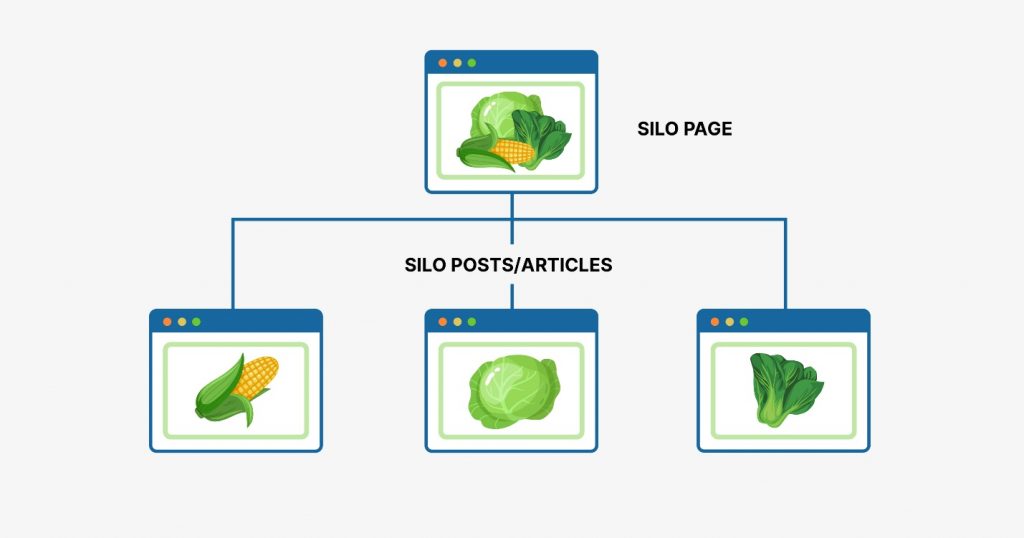
If your silo is about Vegetables. The pages that belong to your vegetable silo will be corn, lettuce and spinach.
That’s the basics of silioing.
Pretty simple, right?
You don’t have to stop there. It’s important to reinforce the relevance of your site by adding another layer of content.
This extra layer will add additional support to your pages.
To have this make sense, think of your site like a triangle.
Links pointing from your supporting posts will connect to your important pages.
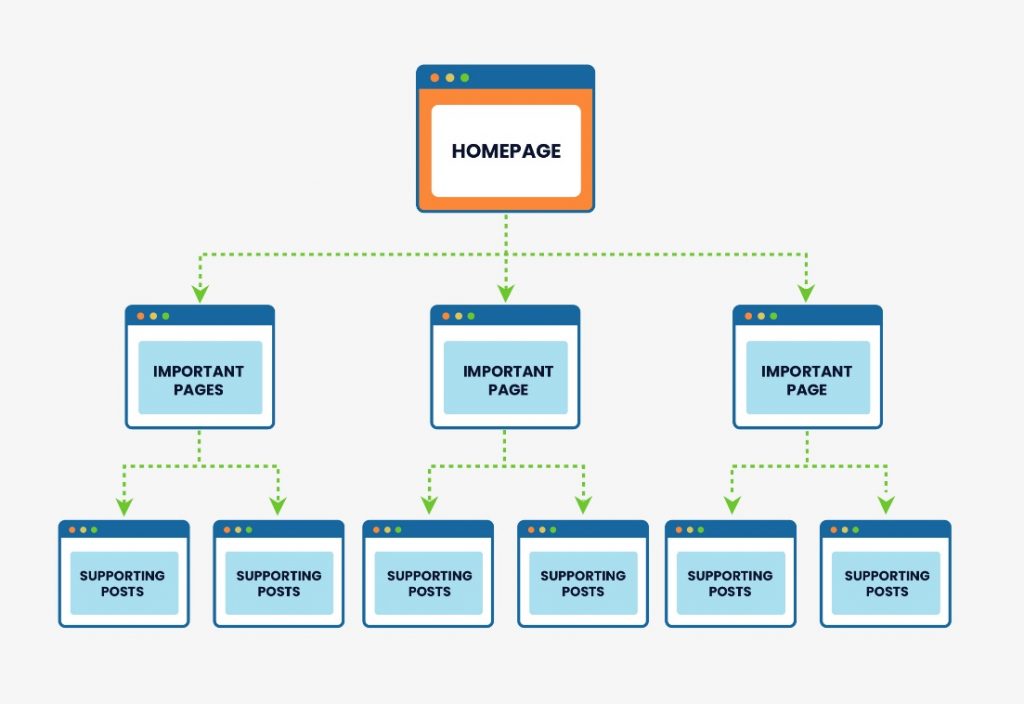
Important: The pages or posts that are one link from your home page are viewed as having the most link value.
Go through your site and rank the importance of your content.
Follow this internal linking best practices guide for the content that you want the search engine to favor.
If you have a small website, you may not have enough articles on your website built around a keyword.
The idea is not to focus on keywords but more on topics.
Instead of focusing solely on a keyword, you want to create niche relevant articles. These will then become supporting pages to help build your topic.
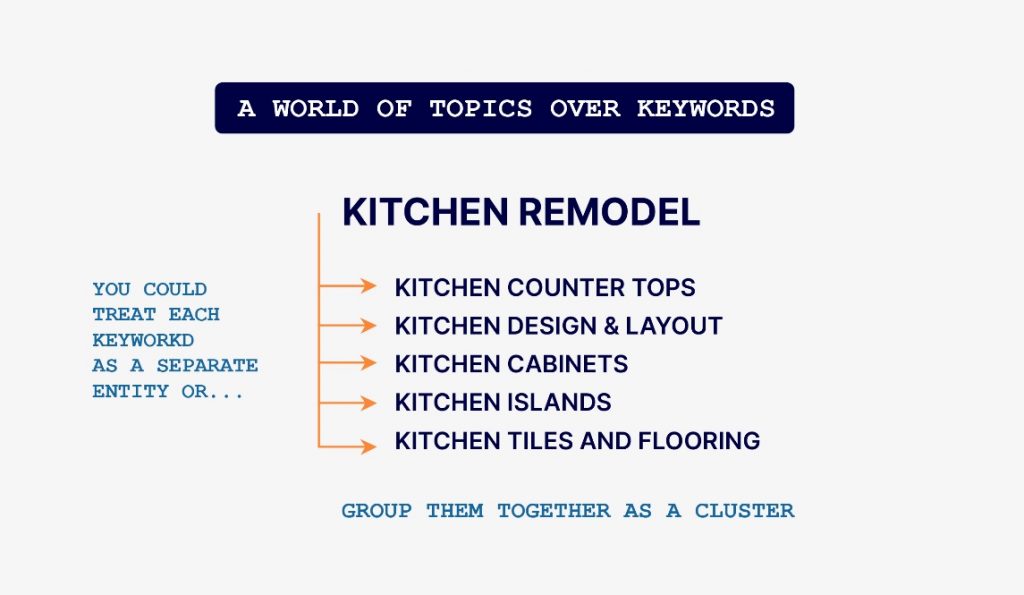
If you are looking at kitchen remodel, everything related to kitchen remodeling gives relevancy to the keyword.
It’s not simply the keyword kitchen remodel that is important.
You’ll see words like countertops, design, layout, cabinets, kitchen islands also ranking with kitchen remodel.
A quick look at the first page of a SERP shows you the topics of your supporting posts.
In this example, your supporting posts would be focused on: kitchen design, kitchen islands, kitchen cabinets, etc.
As the bots crawls these supporting pages, it will have a better understanding that your main topic is kitchen remodeling.
Before we really get into using internal linking in supporting pages, let’s break down the anatomy of the internal link.
Text that is linked is known as anchor text or hyperlinks.
When you land on a page that has anchor text, you will generally see it as blue text in the article.
If you view source on any page, you will see anchor text like this: This is your anchor text
Your users will see This is your anchor text in the content.
The blue text is the anchor text.
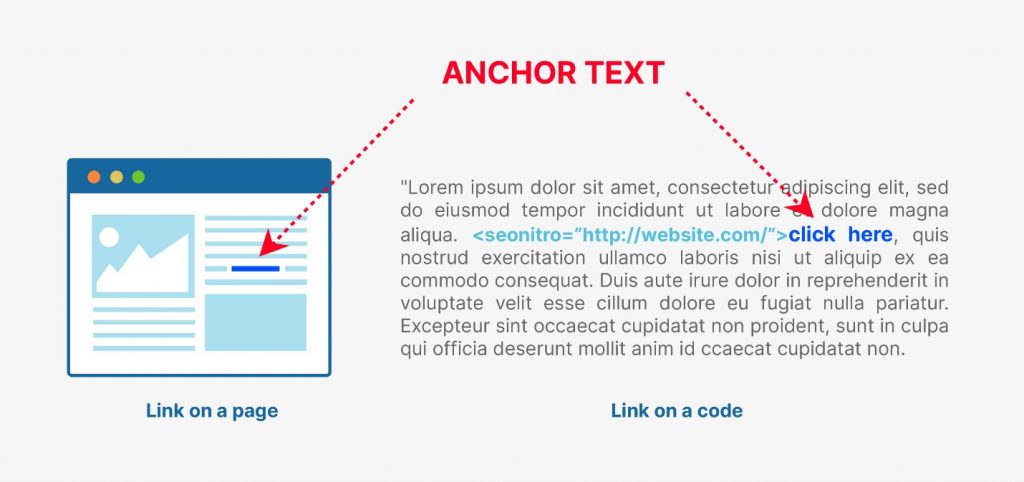
What you use as your anchor text is important.
This is to help search engines understand relevance to your link.
Descriptive anchors are a great way to add relevance.
Say you have a website about baby strollers. The anchor links coming into the site are maternity basics.
Google-search will assume your website is about maternity and not baby strollers.
But you can’t spam your anchors with your exact match keyword.
Back in the good old days, you could simply add your exact match keyword as anchor text.
The understanding is that it would push your page up in the search results. Google eventually caught on to that.
The algorithm could detect that as a link building footprint.
As the 2012 Penguin algorithm update rolled out, users quickly found their sites penalized due to the number of interlinks with the exact match anchors.
Penguin targeted internal linking manipulations. You want a natural looking anchor text profile.
We now recommend having a varied anchor text link profile.
You can do this by using key anchors such as:
If you look at Brian Dean’s website, Backlinko, you can see how he has structured his top anchors.
His anchors are broken down like this:
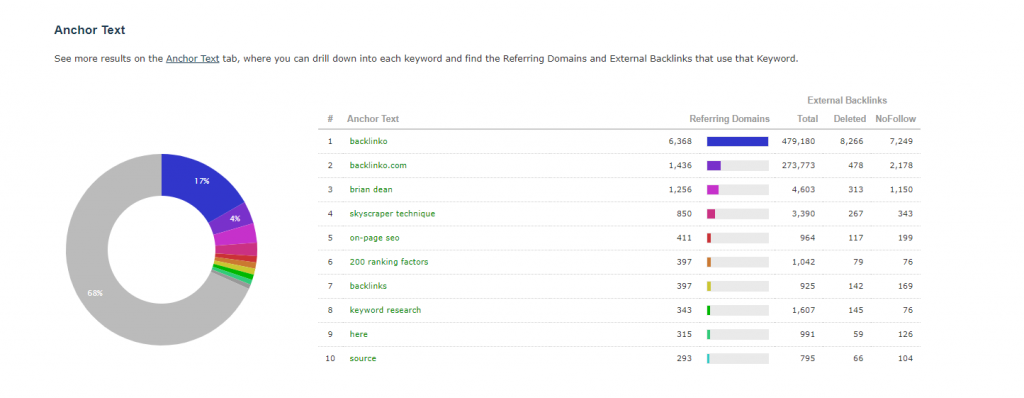
There are a lot of different thoughts on this. Some digital marketers don’t use generic or natural anchors.
They focus more on brand, URL and keywords.
For some doing SEO, their feedback is not to use the same anchor text on more than one page on your site.
They usually like very clean, tidy sites. They believe that a source page that has the same anchor on another page could confuse a search ranking bot.
Imagine you have two posts on your site dedicated to baby diapers.
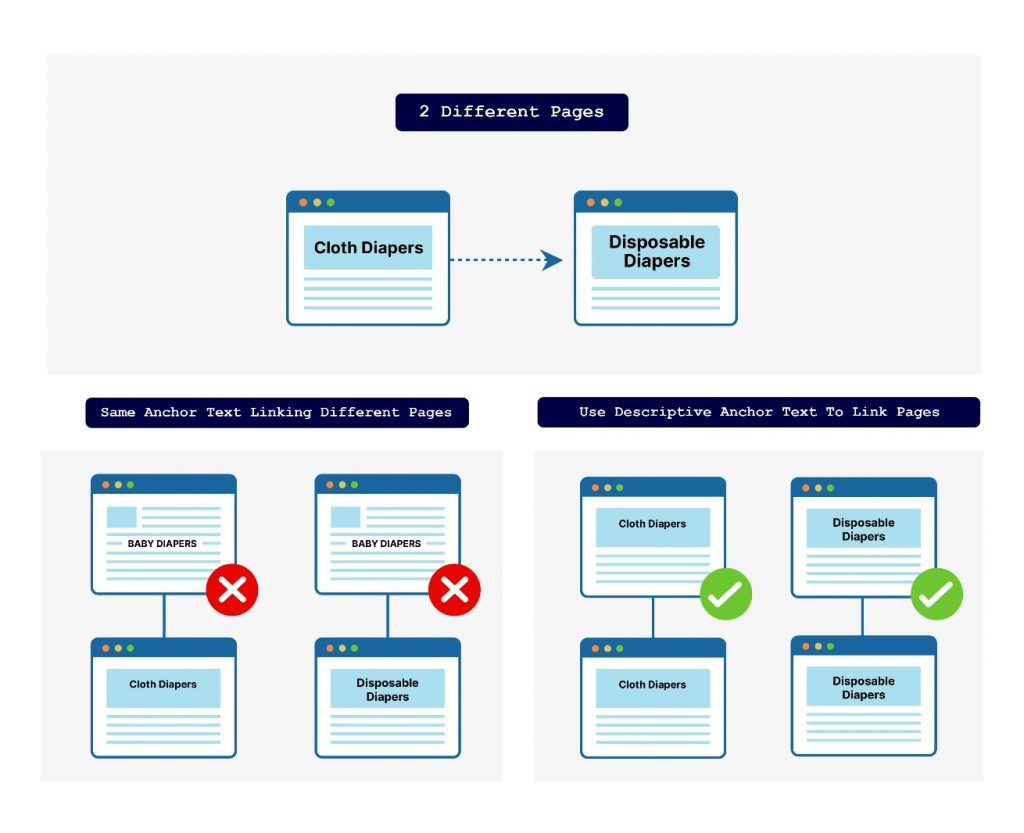
Keep in mind that Google will see the anchor and think both pages have the same topic.
The best way to handle this would be to use more explanatory anchors on your pages like: cloth diapers and disposable diapers Because Google matters.
You’ll want to look at your top 10 competitors and pay attention to their anchors.
You will start to make sense of a pattern emerging from the feedback the first page results give you.
When you hear link relevance, the anchor is closely related to the page you are linking to.
Additionally, the content of the page should be related to the page you are linking to.
A page about babies shouldn’t link to cars.
It can link to baby car seats.
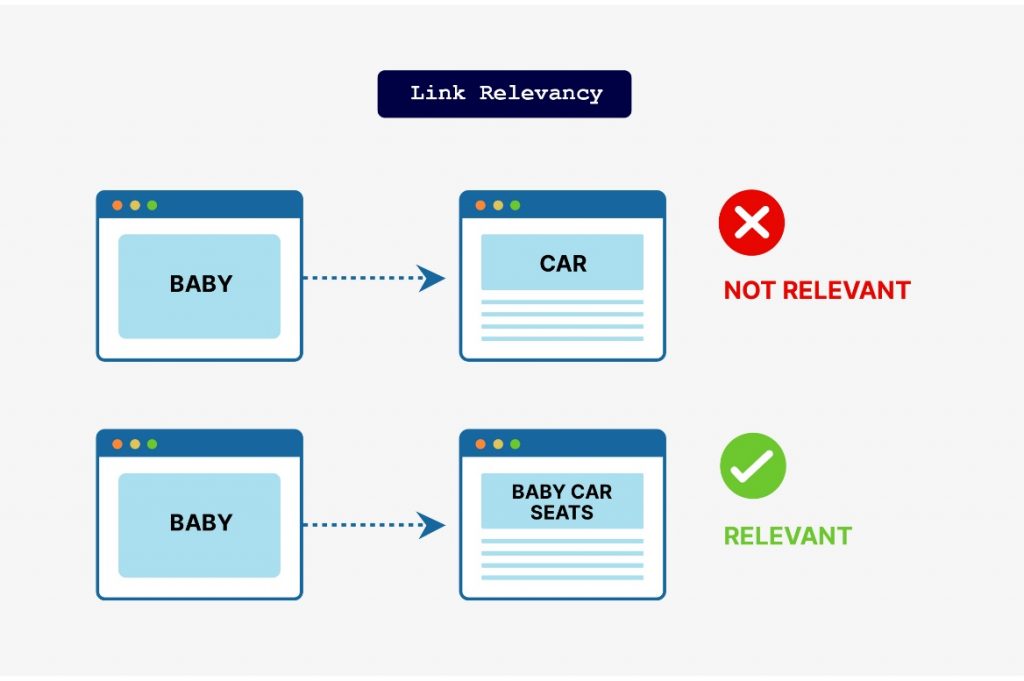
Relevant anchor text tells Google what your linking page or post is about.
You are optimizing content to be relevant to your keyword.
You can use the title of another article as anchors. While doing your keyword research, you will also find keyword variations.
Use those keyword variations in your internal link anchors.
Remember, you don’t want to use the same keyword over and over.
Bonus: There is an ideal number of links you want to have.
You can have up to 3 links on a page. This includes both internal linking and external linking.
Anything more and your link value decreases.
Your home page is generally the page that has the most authority across your domain.
Most external sites will be linking to your homepage.
This presents a great internal linking opportunity to take that power and spread it through your website.
Navigational Links help to ensure that your most crucial pages or posts are close to your home page.
Make sure you keep this area clean and limit the number of links a user sees.
This helps to increase the UX (user experience).
Important content should be linking in the navigation to spread the link juice.
It’s important to have a really good content marketing plan laid out.
You want really good content on your website. Good content should stimulate interest in what you are writing about.

Depending on where you are in your content marketing strategy, the journey will start differently.
As Googlebot moves through your website navigation, it is figuring out the relationships between posts, pages and other content.
The Googlebot is looking for a relationship between these pieces of content.
You want your supporting content to relate to the pages by using a solid internal linking strategy.
Let’s say you have your site architecture set up so your main page is talking about baby diapers.
Your supporting content would be centered around disposable baby diapers, cloth baby diapers, organic baby diapers, and compostable baby diapers.
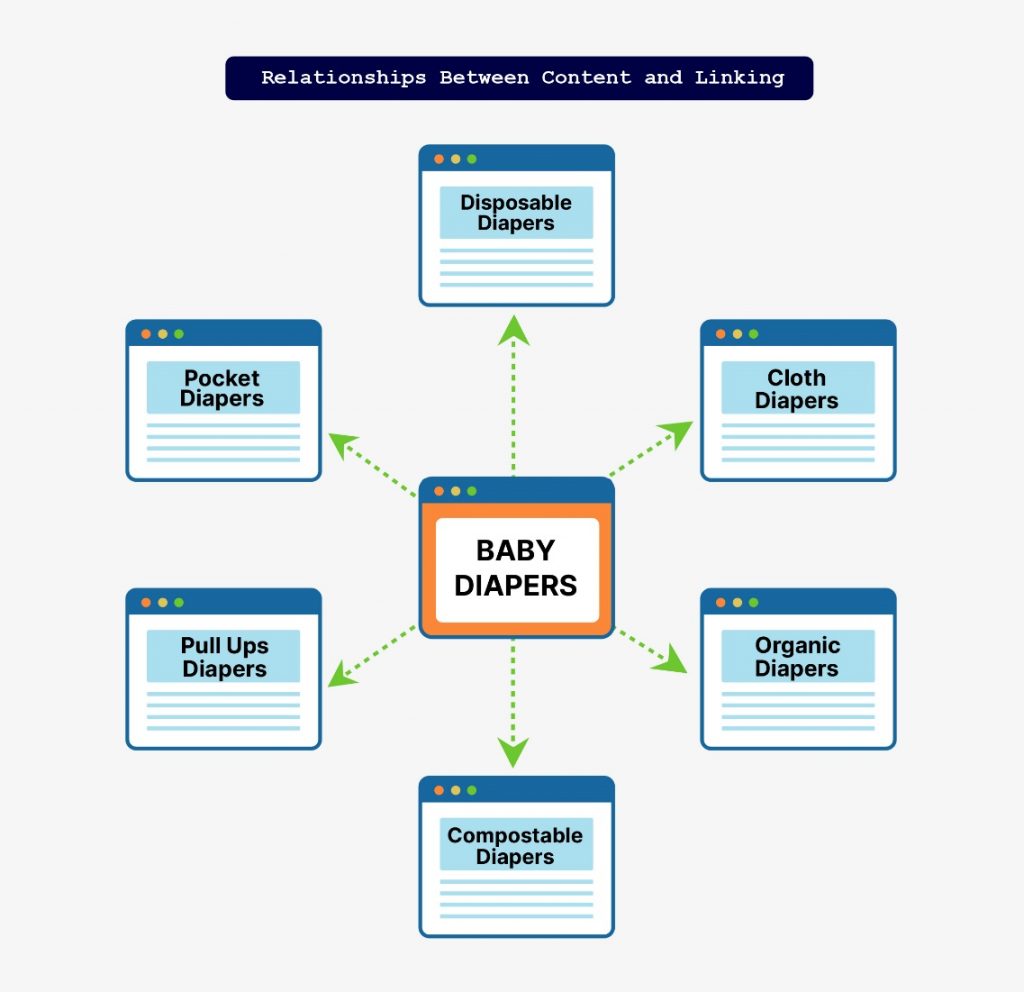
Determining which of your pages inspire the most action helps you know what pages to focus on.
To find your best performing pages, head over to Google Analytics.
In Google Analytics, you want to look at the following metrics:

If you have a CTA (call to action) on the page, you can also figure in how many conversions are getting.
Using the metrics from Google Analytics and your CTAs, you will get a pretty good idea of the pages that inspire the most action.
The more content you have, the more interlinks you can have.
It’s important to really put focus on having a good content strategy.
Make sure to create keyword rich content that supports your most important pages or posts.
When interconnecting post articles or pages, think about what your reader would want to read next.
If your link provides a natural evolution to their reading, they will happily read the next article.
However, if they are not relevant links to the reader, you will have high bounce rates.
If your visitor is reading about baby strollers, chances are they won’t want to go to another article about baby diapers.
They have baby strollers on their mind.
If you linked to an article about how to use a stroller in a crowded store or the best jogging stroller, that might be a natural evolution for your visitor.
In the S.I.A., we tested the most powerful place to put a link.
The result is the higher up in the article a link appears, the more weight it carries.
If you can, try to get your internal link as high up on the content that you can.
Most search engines see Wikipedia as an authority website.
Wikipedia is considered the internal link king based on their internal link structure.
To have better search performance, add a list style table of contents.
A table of contents uses navigational links based on the body content. It helps to link target keywords to content, giving relevancy on the same page.
These are also called contextual links.
Many authority sites include a table of contents.
It also gives good UX – user experience when they can see your content at a glance.
This may reduce bounce rates. For web designers, you can create contextual links with a table of contents.
The table can have a different color from the selected page to help make it more visually appealing.
Another option is to add a table of contents button that viewers need to click on.
When it is clicked, it is expanded.
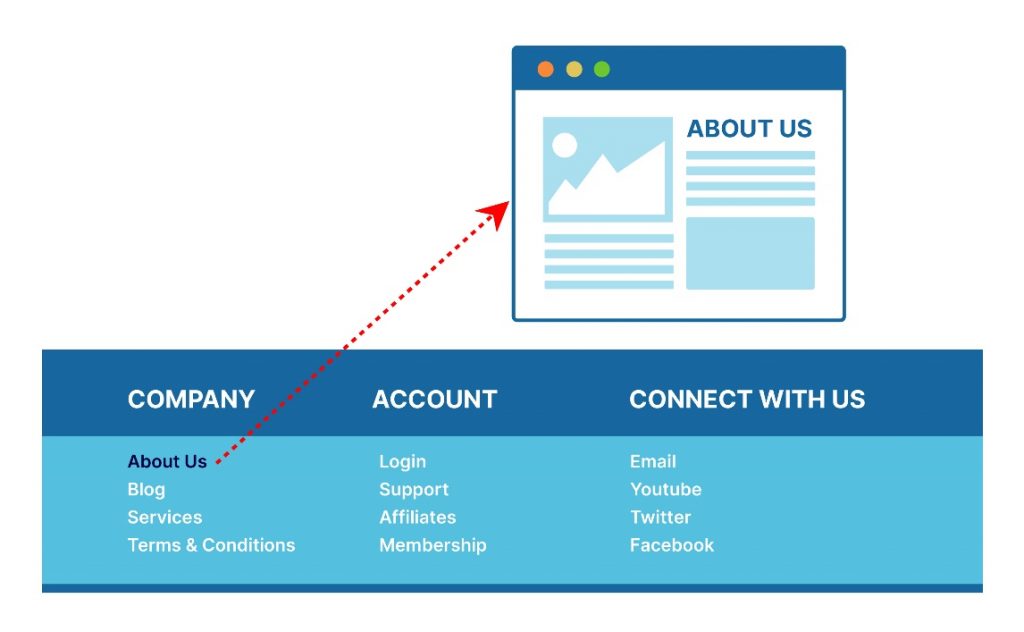
This is a great way to give users an interactive experience with your website.
When you saw the table of content links on this article, didn’t it help you make an instantaneous decision to read through the article?
Users like to understand what they are going to get.
Time is valuable and a table of content will tell them what your article is about at a glance.
Sidebar links and footer links will help pass link juice.
This is done correctly if the links are to relevant pages on your website or article blog posts.
They also give your visitors more ways to interact with your relevant content.
Our tests show that a sidebar link is more powerful than a footer link, but this does not mean footer links should be ignored.
Some digital marketers like footer links. Others don’t bother with them.
A sitemap is an architecture map of your domain.
A sitemap link is organized in list form inside the map.
Sitemaps are controversial in the SEO world.
You can wait around for the bots to crawl your website.
Or you can head over to Google Search Console.
Simply add your sitemap into Search Console and the Googlebot will crawl your site.
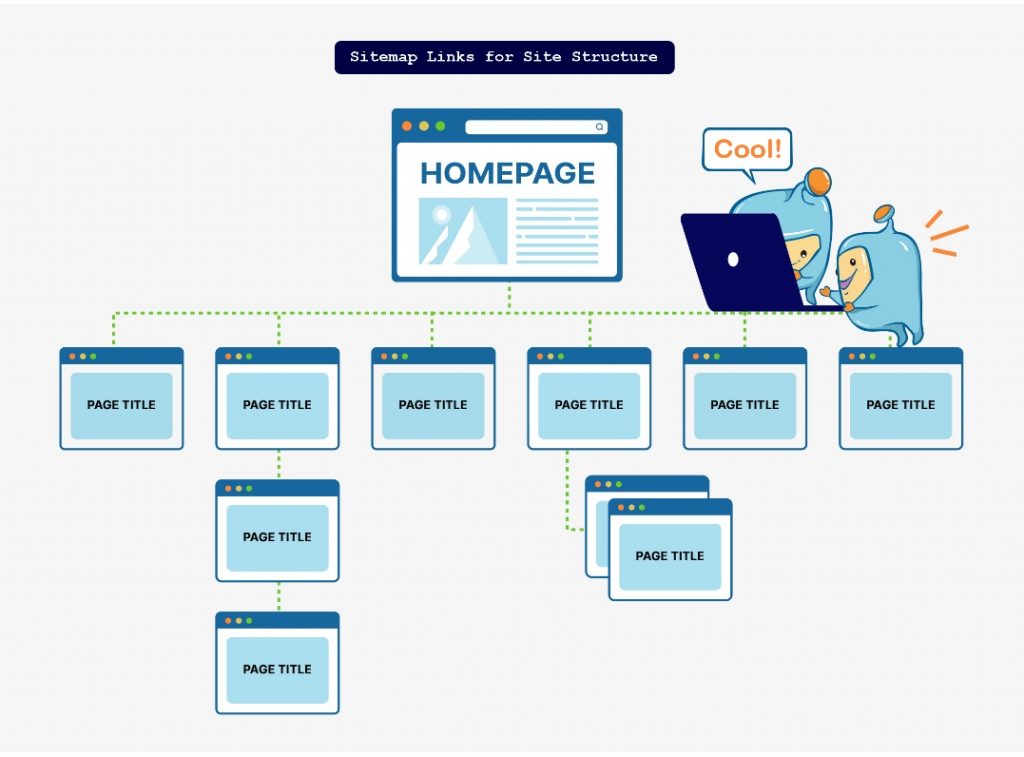
Sitemaps can be manually created or can be automated with a plugin.
It’s important to note: Crawling your domain does not mean automatic indexing.
There are many plugins that generate sitemaps.
A plugin will automatically update when a new page or article blog post is added.
If you prefer the manual route, you can do it by hand using xml-sitemaps.
Just know that you will have to manually update it when you add anything new to your site.
If you are starting off with a brand new site, innerlinking will be simple.
As a digital marketer, if you are starting with a blog that has content on it already, it’s a good idea to do an audit.
Ahrefs is a great tool to use for the audit.
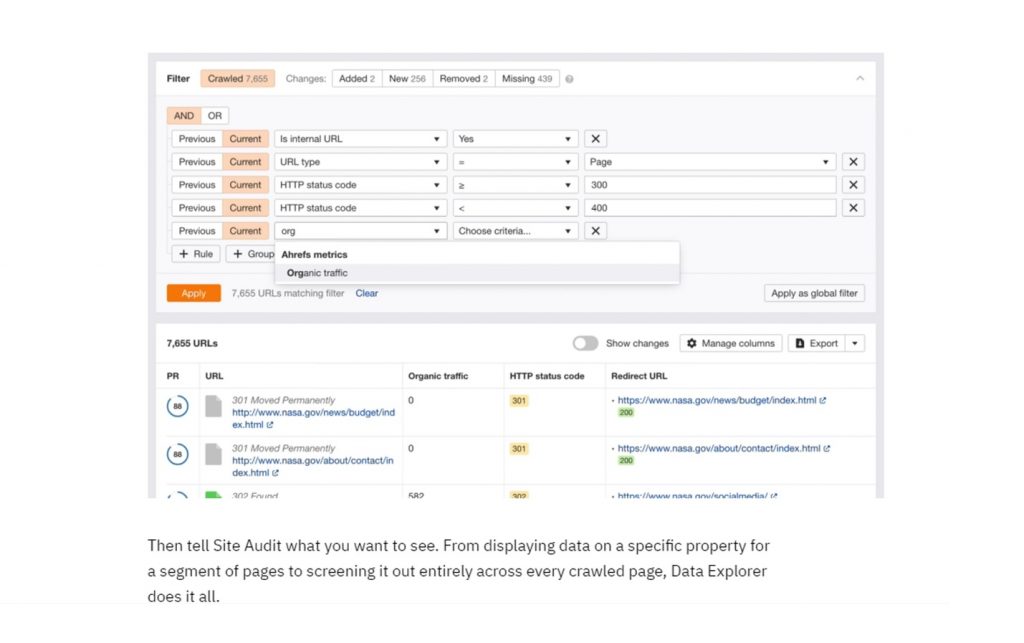
You can do an in depth audit with Ahrefs site audit with these steps:
When all the data comes back, you want to look under reports and Internal pages.
This will show you what pages are broken. Broken pages means wasted link power.
To fix this, you can either:
You learned how to find important pages.
You now want to check for links to pages that are duds or orphan links. Links to dud or orphan pages are wasted link power.
When you see many links to dud or orphan pages, make sure to delete those links.
You can also delete those dud or orphan pages too. Make sure you clean up the links.
You will also see your important pages. Make note of these.
Remember, you want these to be as close to the top of the triangle page as possible.
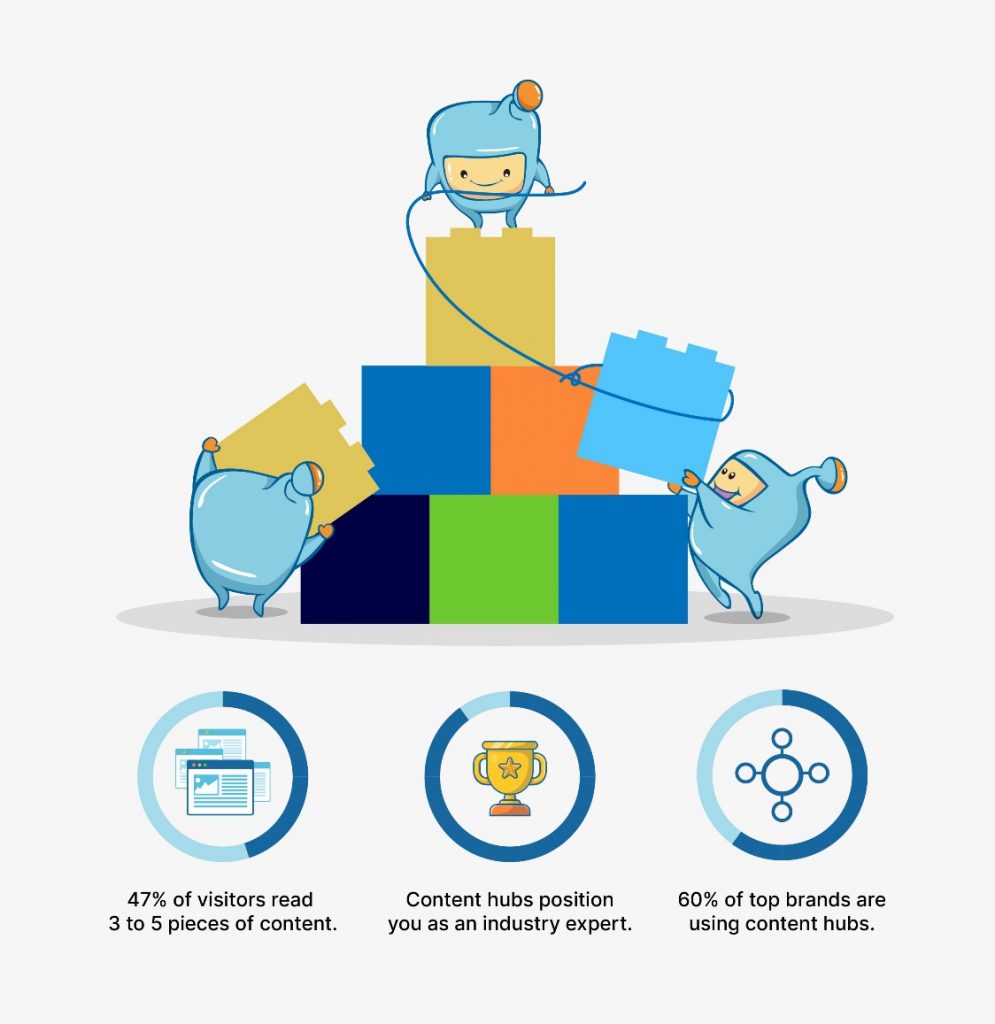
Hub pages are little hubs of content all created around a topic.
Hub pages have the following:
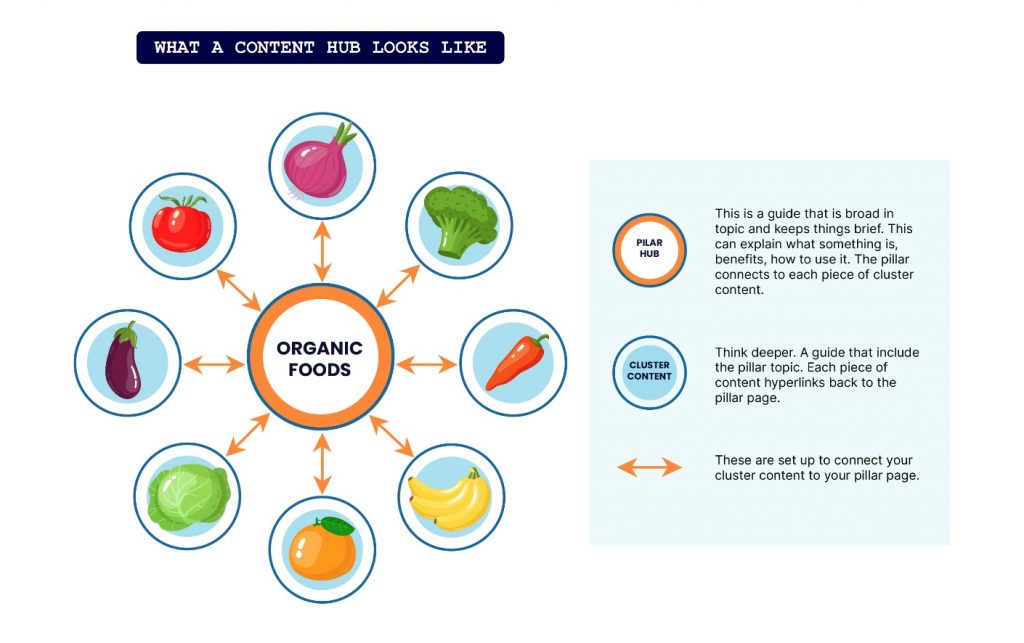
These clusters give relevant link value. It also helps Google see you as an authority on a certain topic.
PageRank was an algorithm that was demoted in 2013.
PageRank was the equivalent of page authority.
While we used to have tools that measured page rank, we don’t know the actual PageRank anymore.

An SEO tool like Moz, SEMrush and Ahrefs have metrics that are similar to what PageRank used to give us.
Many digital marketers have not heard of blogrolls. A blogroll contains links in a list format that appear in the sidebar.
You can simply create a blogroll in WordPress.
Here are the steps:
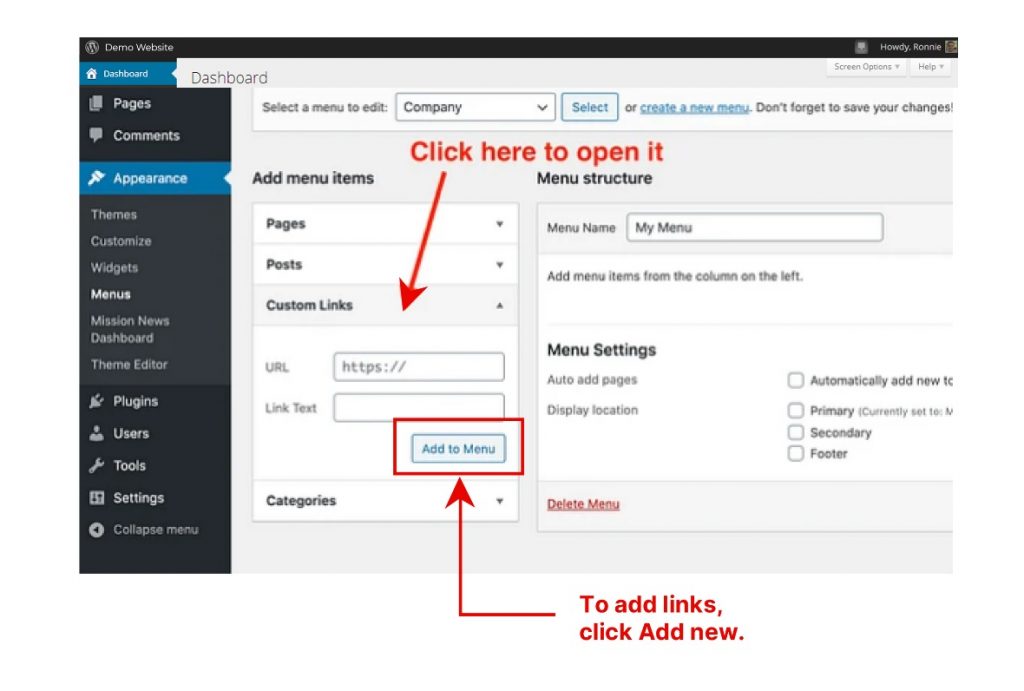
This is an advanced technique. Make sure you are knowledgeable with linking before trying this.
Use internal linking. Make sure all your blog links are crawlable. It’s important for SEO.
It’s a simple way to rank with little to no onpage SEO. Don’t overcomplicate your links.
Adding a few small tweaks to your site will give you a better link profile and will boost you up in the rankings.
If your site is old, take the time to go back and follow the techniques in this internal linking guide. Your authority and rankings will benefit.
The bottom line is innerlinking should be a part of any SEO strategies.